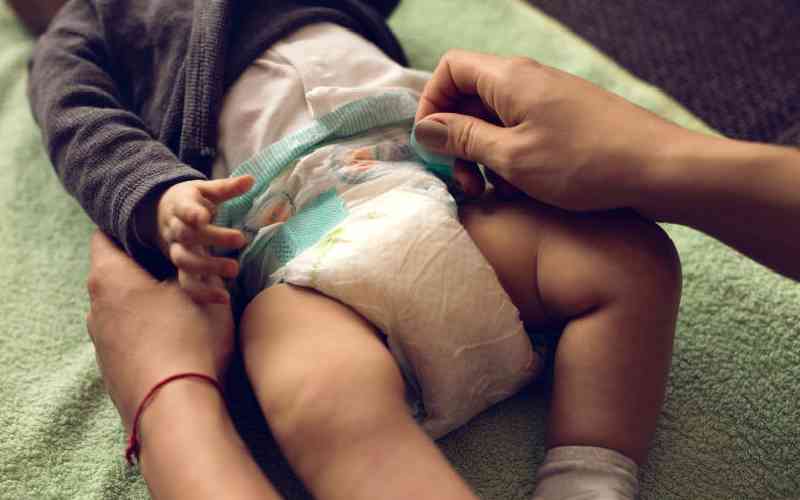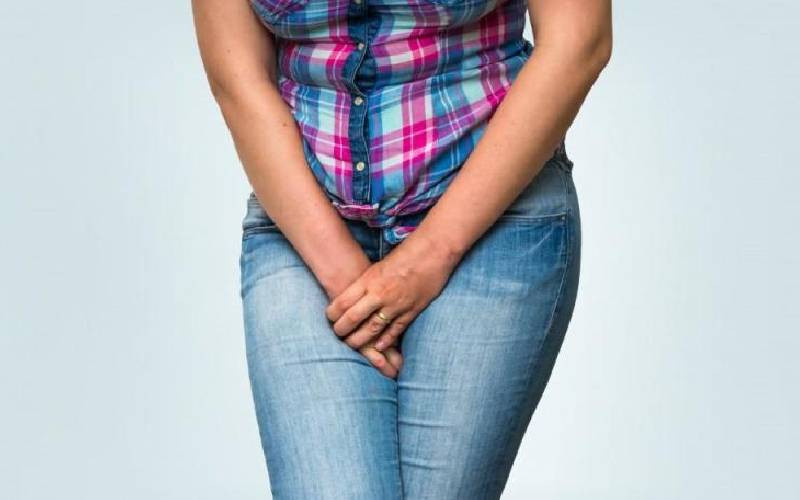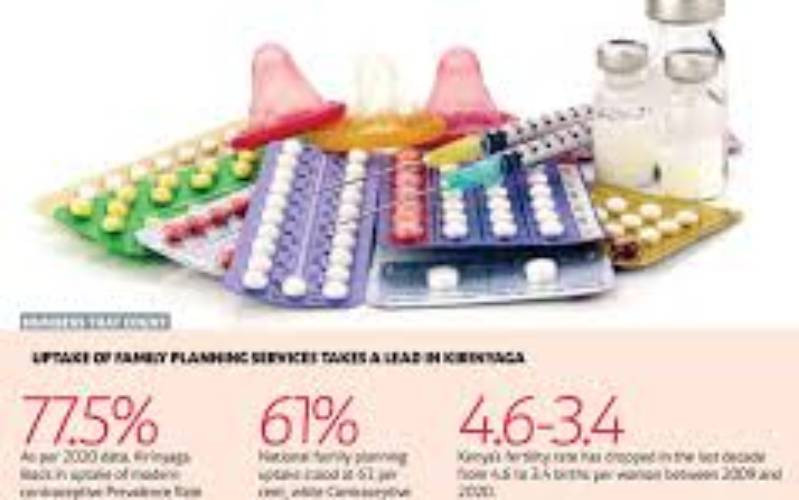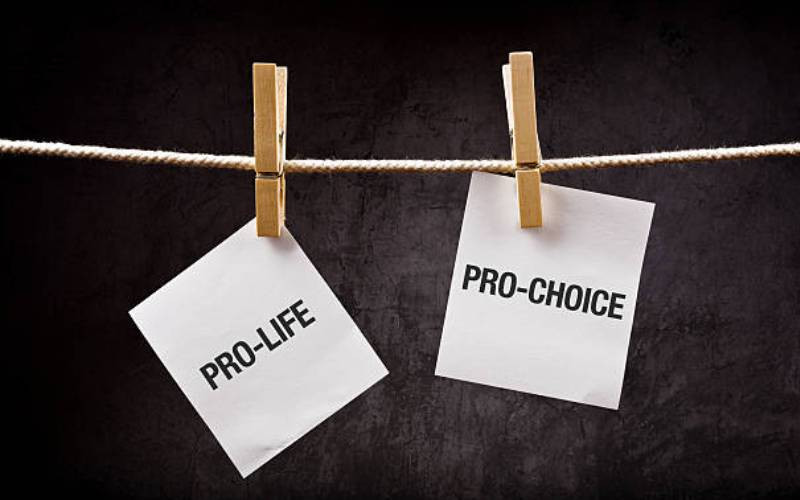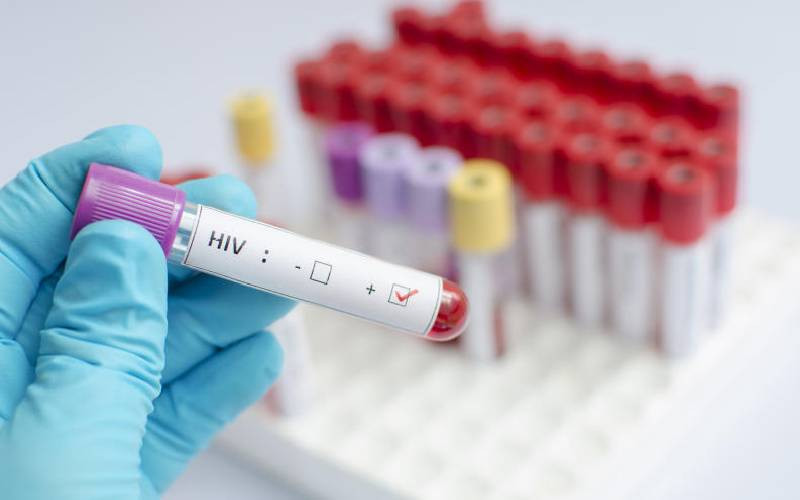
Kenya may not achieve its quest to combat HIV/Aids if the current wave of new infections among adolescents and the youth is not contained.
The Ministry of Health has said that although the number of new HIV infections has significantly declined, the country has been witnessing a worrying rise in the number of new infections among young people aged 29 years and below.
The National Aids Control Council (NACC) Chief Executive Officer, Dr Ruth Masha said statistics show that adolescents and young people aged 29 years and below account for over 61 per cent of all new HIV infections in the country.
"Despite our success, the younger people are a stumbling block in our quest to end new HIV infections by the year 2030. Younger people aged 29 years and below account for at least 61 per cent of all new HIV infections," said Dr Masha
She added: "The strides we have made towards alleviating the HIV pandemic in the country will be eroded if we will not stop the increasing HIV infections among the young people aged 29 years and below."
In developed countries, new HIV infections among young people are very low but in Kenya, it is the opposite, according to Dr Masha
- Alarm as youth quit condoms for tablets in HIV prevention
- Cancer cases, STIs, infertility in young adults linked to unsafe sex
- Kenya commits to end early pregnancies and HIV infections in adolescents
- Sex education key for HIV prevention among teenagers, experts say
Keep Reading
The NACC boss says the biggest contributors to the new infections are men having sex with fellow men, sex workers, sexual gender-based violence (SGBV) resulting in teenage pregnancies, drugs and alcohol abuse among the youths.
On a positive note, the government has said that the rate of new HIV infections in the country has reduced by more than half in the last 10 years.
"We are proud to report a reduction of new HIV infections by more than half from 75,000 in 2010 to just about 32,000 in 2021. We also report a decline of the national HIV prevalence rate to 4.3 per cent in 2021 from a peak of 11 per cent in the mid 90's when the disease was first reported in the country," said Dr Patrick Amoth
Dr Amoth, the Acting Director General at the Ministry of Health said that there has also been a decline in mother-to-child HIV transmission from 13.9 per cent to 8.3 per cent in 2021.
He said access to life-saving antiretroviral treatment (ART) has been enhanced and is now available in 3,500 health facilities countrywide, where over 1.2 million Kenyans living with the virus can easily access the Arvs.
"These strides have resulted in a 68.4 per cent reduction of new HIV infections and hence lowering the HIV prevalence rate from 6.04 per cent to 4.3 per cent during the same period. There has been a significant reduction of AIDS-related deaths by 67 per cent from 58,446 in 2013 to 19,486 deaths in 2021," said Dr Amoth.
He added: "To enhance sustainability and achievement of Universal Health Care, the government invested Sh3 billion in the last financial year to support HIV programmes. This year, the government has doubled its budget allocation to Sh5.6billion for the same."
Dr Amoth said Kenya is among the leading countries globally on track to achieving set targets in Voluntary Male Medical Circumcision.
"The national male circumcision prevalence has since reached saturation at 91.7 per cent as of 2018 and we have now expanded our interventions to male infants and children using modern technology," noted Dr Amoth.
In order to further alleviate the HIV epidemic in the country, the Kenya HIV Prevention and Treatment Guidelines, 2022 have been launched.
Dr Rose Wafula, the National Aids and STIs Control Programme (Nascop) said that mental health challenges such as depression, anxiety, and trauma are higher among persons living with HIV compared to those who are not, noting the Covid19 pandemic further worsened the situation.
 The Standard Group Plc is a multi-media organization with investments in media platforms spanning newspaper print
operations, television, radio broadcasting, digital and online services. The Standard Group is recognized as a
leading multi-media house in Kenya with a key influence in matters of national and international interest.
The Standard Group Plc is a multi-media organization with investments in media platforms spanning newspaper print
operations, television, radio broadcasting, digital and online services. The Standard Group is recognized as a
leading multi-media house in Kenya with a key influence in matters of national and international interest.

